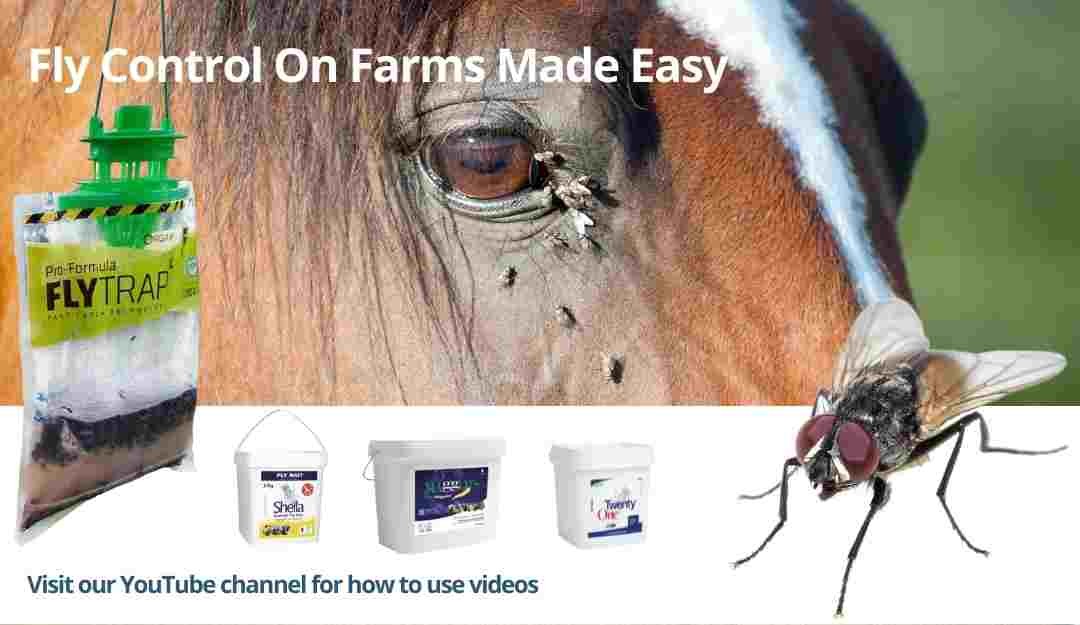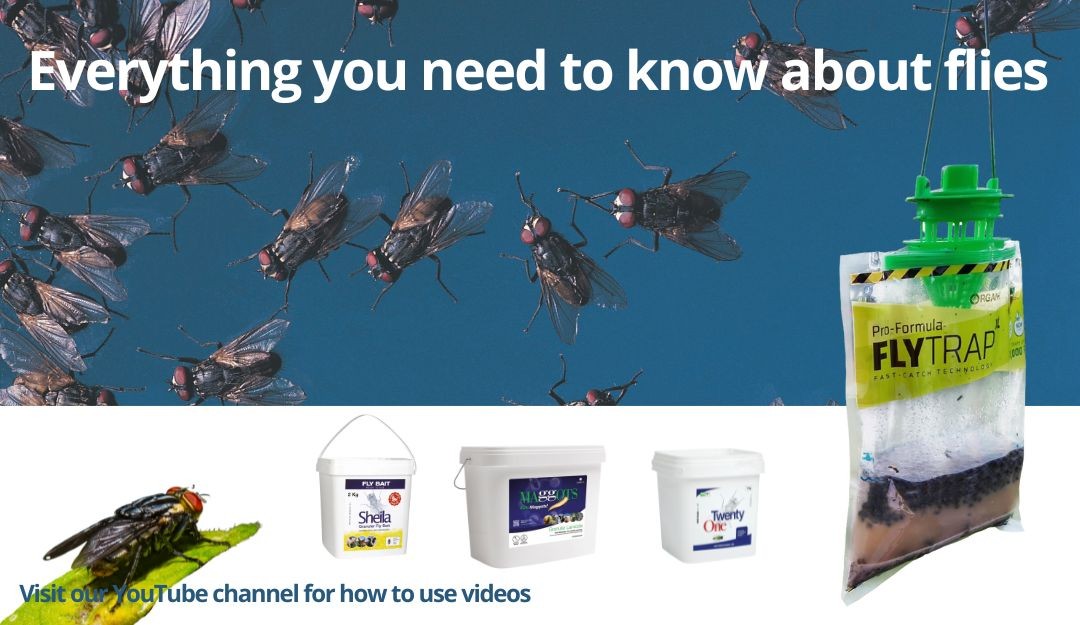
Flies are one of the most common pests bothering UK residents throughout summer.
People often try electric and non-electric fly swats as well as home remedies like vinegar or jam jars to rid themselves of our flying foes. However, sometimes this isn’t enough.
We are going to discuss the most commonly asked questions about house flies, cluster flies, fruit flies and more.
The more you know, the better prepared you can be!
Why are flies a problem?
On farms and in businesses reliant on hygiene (e.g. restaurants, bars, hotels, food chains) fly control can be a constant battle. Flies, like rodents, can be indicator of poor hygiene practice which can lead to loss of business and even fines on inspection.

Houseflies can carry hundreds of diseases such as TB, Typhoid, Dysentery and Cholera. The diseases are carried on their bodies, feet and mouths, as well as through their waste.
Flies live on a liquid diet, so they produce waste quickly and regularly (perhaps even every time they land on something!). They also vomit part-digested food onto surfaces, causing further risk of disease and infection.
How long do flies live?
The average lifespan of a male housefly is between 15-30 days. They have four developmental stages: egg, larvae, pupae and adult.
If flies are left in relative comfort, they can breed at an uncontrolled rate. Flies in warmer housing with access to food sources will live to the upper end of their life expectancy.
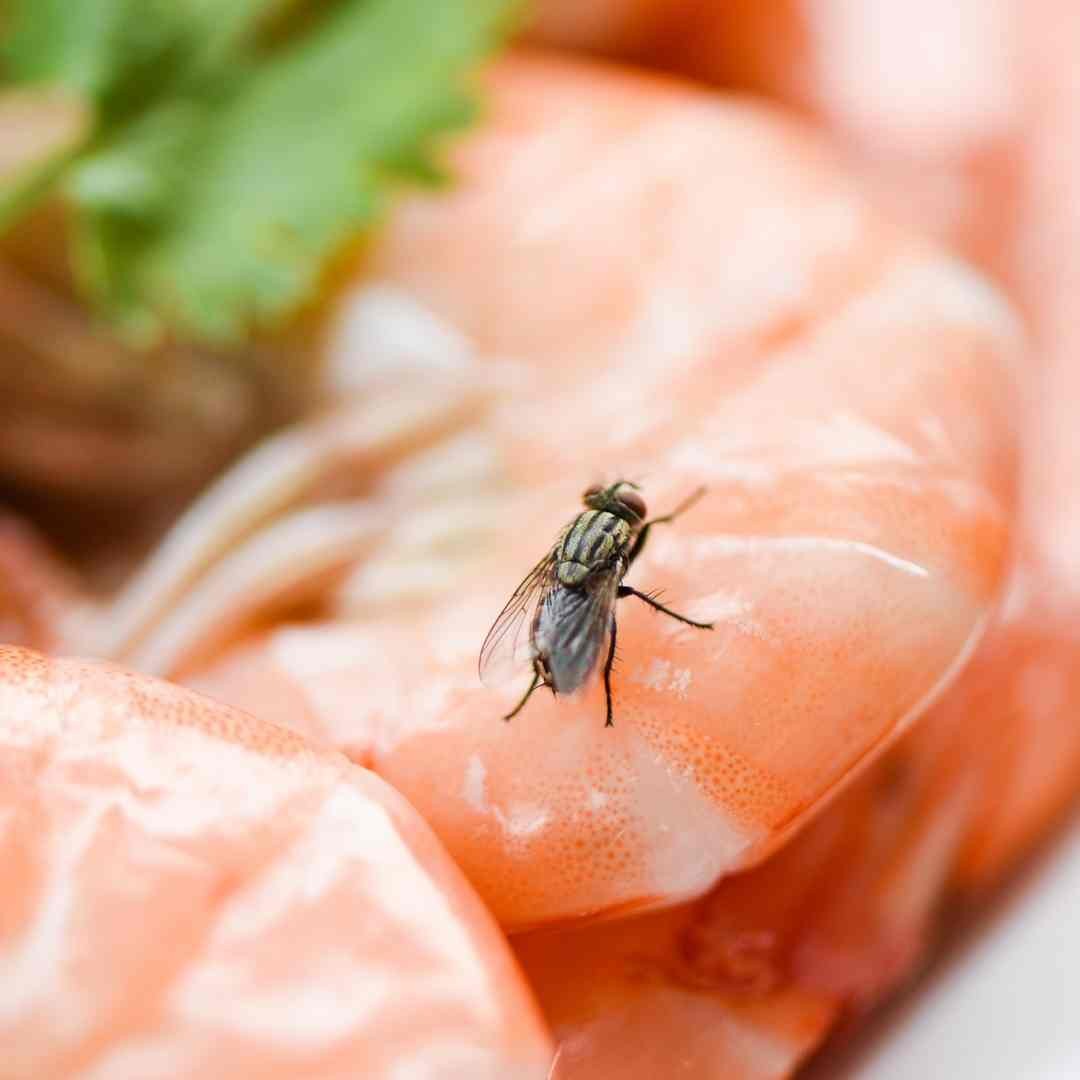
Houseflies will live up to 2 weeks in the wild, but reach sexual maturity in under 24 hours. Therefore, reproduction is essential for their species to continue.
Do maggots turn into flies?
Yes! Maggots are in the larval stage of a fly’s lifecycle and the process from egg to larvae lasts between 14-36 days.
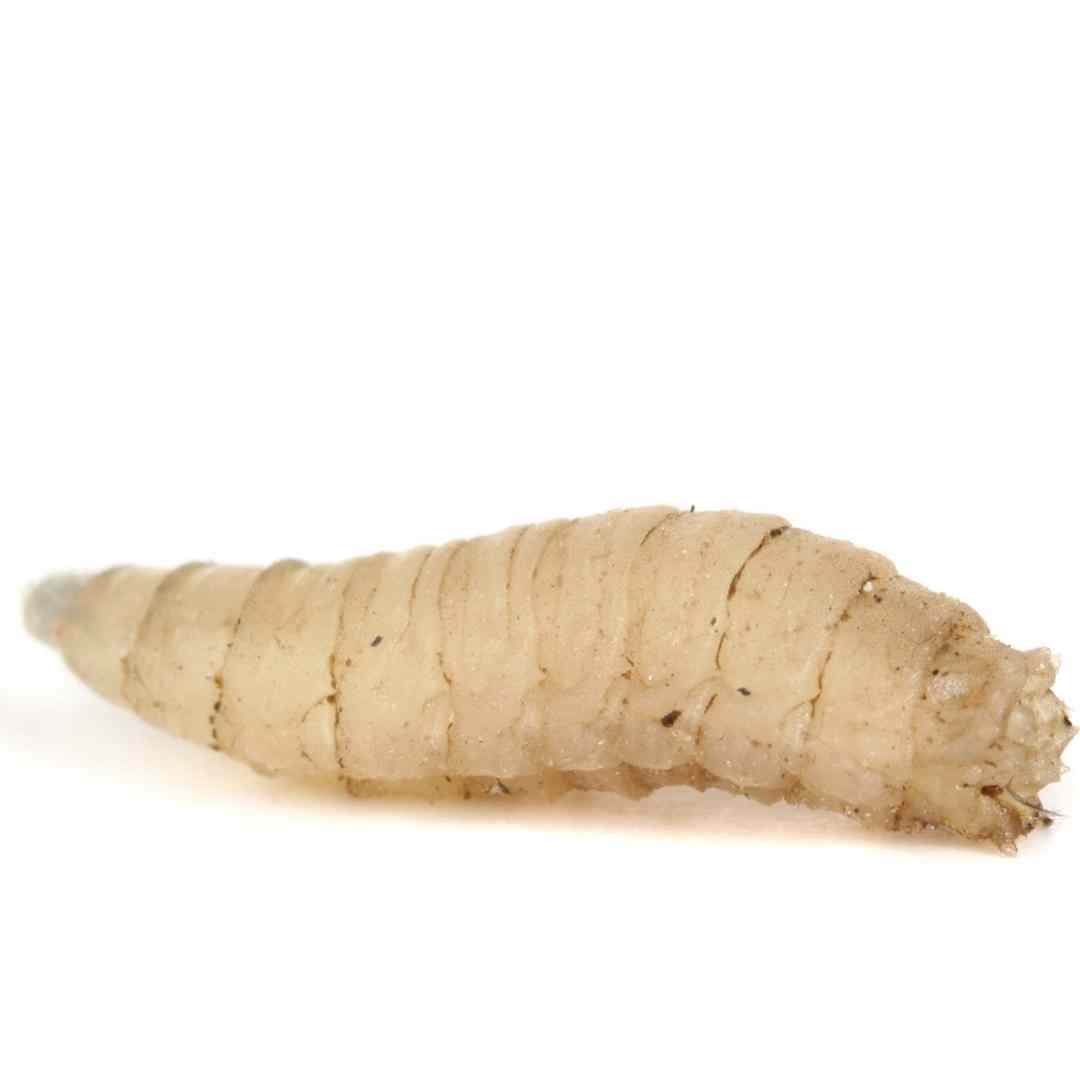
Common areas for eggs to be laid include garbage or animal waste. While laying eggs, the female fly also excretes a chemical which can attract other flies to the area. This is a process referred to as clustered egg deposition.
How many eggs can a fly lay?
A female housefly can lay up to 500 eggs in just 4 days, so flies can quickly get out of hand! Female flies can lay eggs 5-6 times in their lives and male flies are not limited in the amount of times they can fertilise females.
Female flies choose cracks and crevices for laying their eggs and require moisture and a temperature of around 25°C.
Eggs hatch within a day and the larvae feeds on the residue once they have emerged.
Maggots are 10 to 18mm long and are an off-white colour. They feed through their hooked mouths and feed on organic manure, often multiplying in size rapidly.
The maggot moults several times and begins to crawl before transforming into pupas and beginning metamorphosis.
Interesting fact: chicken manure is one of the best breeding grounds for flies and it can massively decrease the larval period!
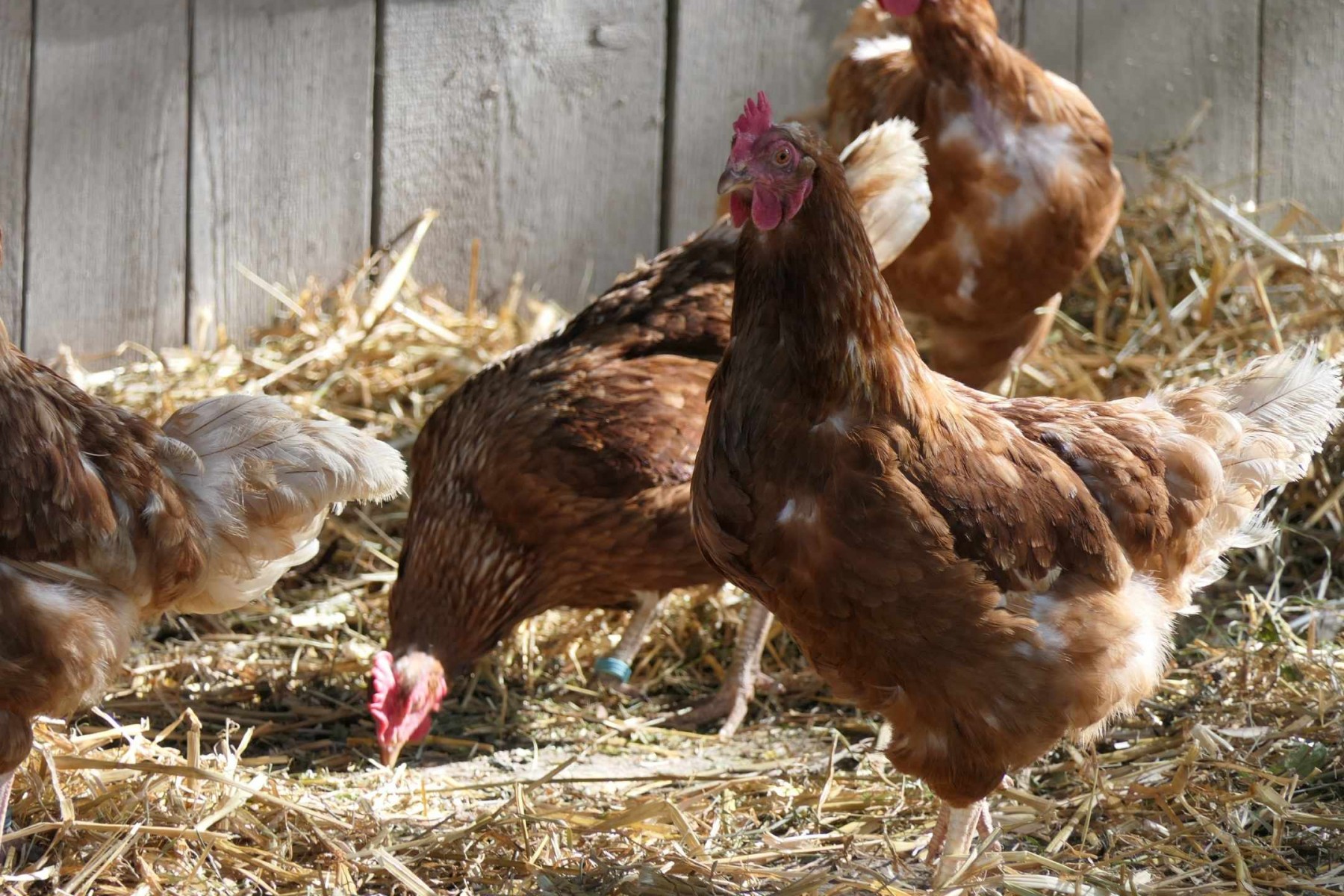
Pupae are a yellow-reddish colour that darkens as it ages. It’s metamorphosis takes less than a week in higher temperatures, or up to a month in temperatures below 15°C.
How do you get rid of flies in the house?
Immediate measures you can take to keep flies out of your home include:
- Close windows
- Install fly screens
- Empty bins (especially food waste bins)
- Clean up food residue from surfaces
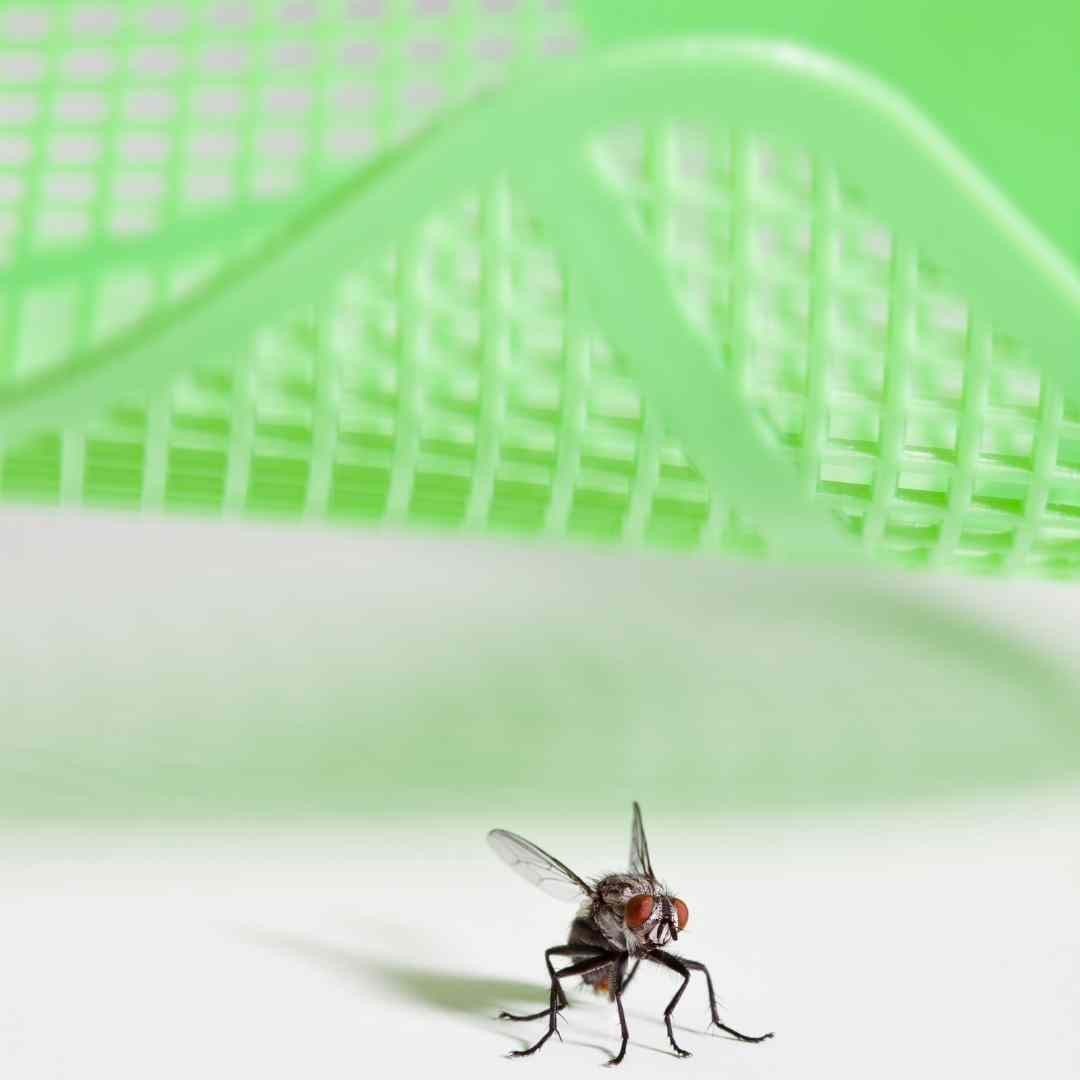
There’s a swarm of plastic fly swatters, electric fly swatters, jam jars, vinegar sprays and more you can try to deal with flies.
However, this isn’t going to cut it in more severe circumstances, so here are our recommendations for fly control in your home:
- Eco-friendly option
If you are looking for a useful, non-toxic way of catching flies, look no further! Simply fix it to the wall, near to where flies congregate and the attractants in the glue lure the flies into the hanging paper.
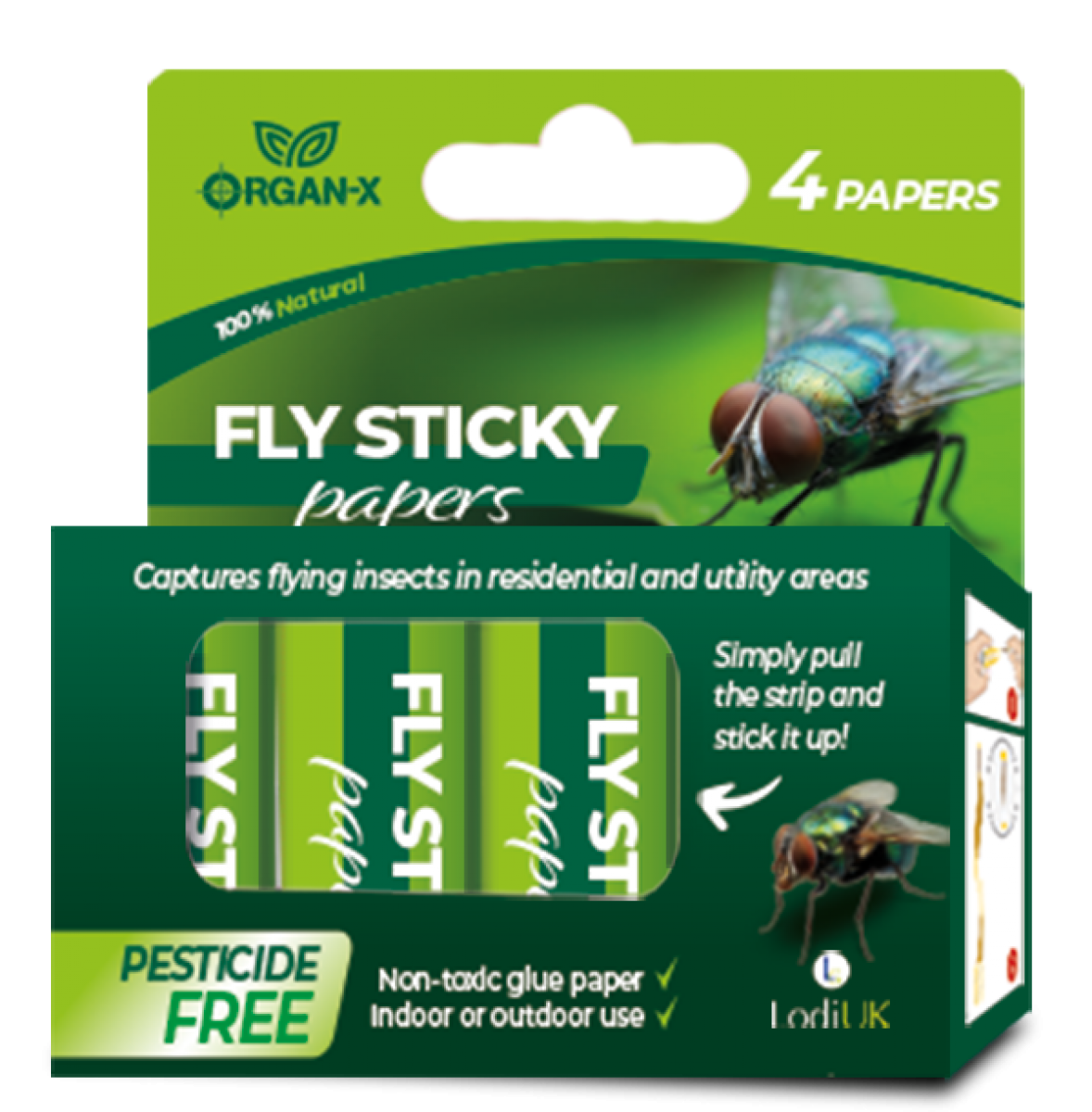
https://www.lodi-uk.com/consumer-pest-control/commercial-organ-x/organ-x-flies/fly-sticky-paper
- Spray option
Our Organ-X Home Insect Killer Spray has Bio-Trap Insect Technology, entrapping them in a unique biodegradable vegetable polymer. It is effective on eggs, nymphs and adults on contact.
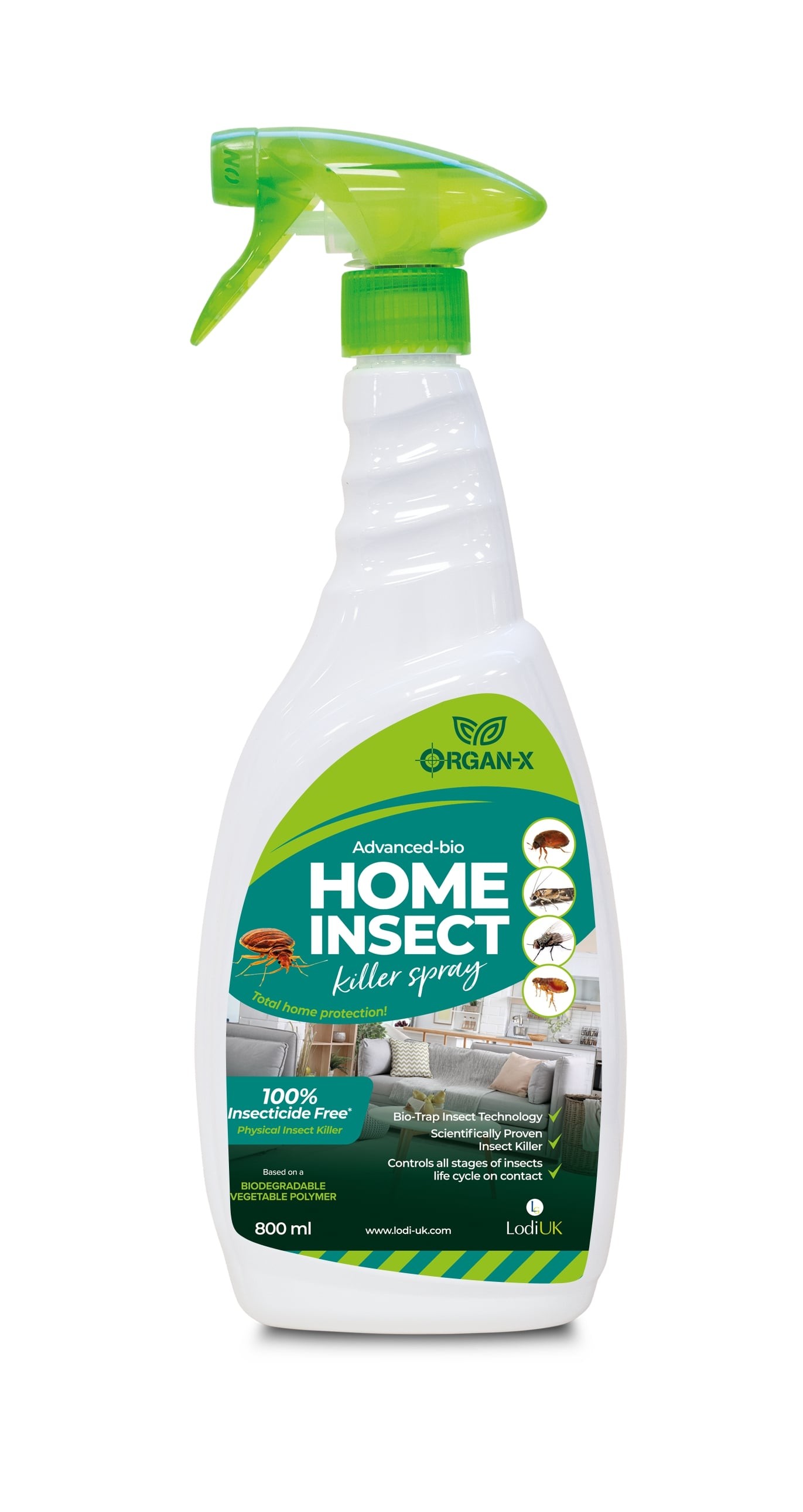
- Smoke bomb option
Smokebombs are perfect for getting into all the nooks and crannies that sprays and powder struggle to reach. The Insecto Mini Smokebomb kills all flying and crawling insects, so it is the perfect option for many people to rid themselves of many infestations.
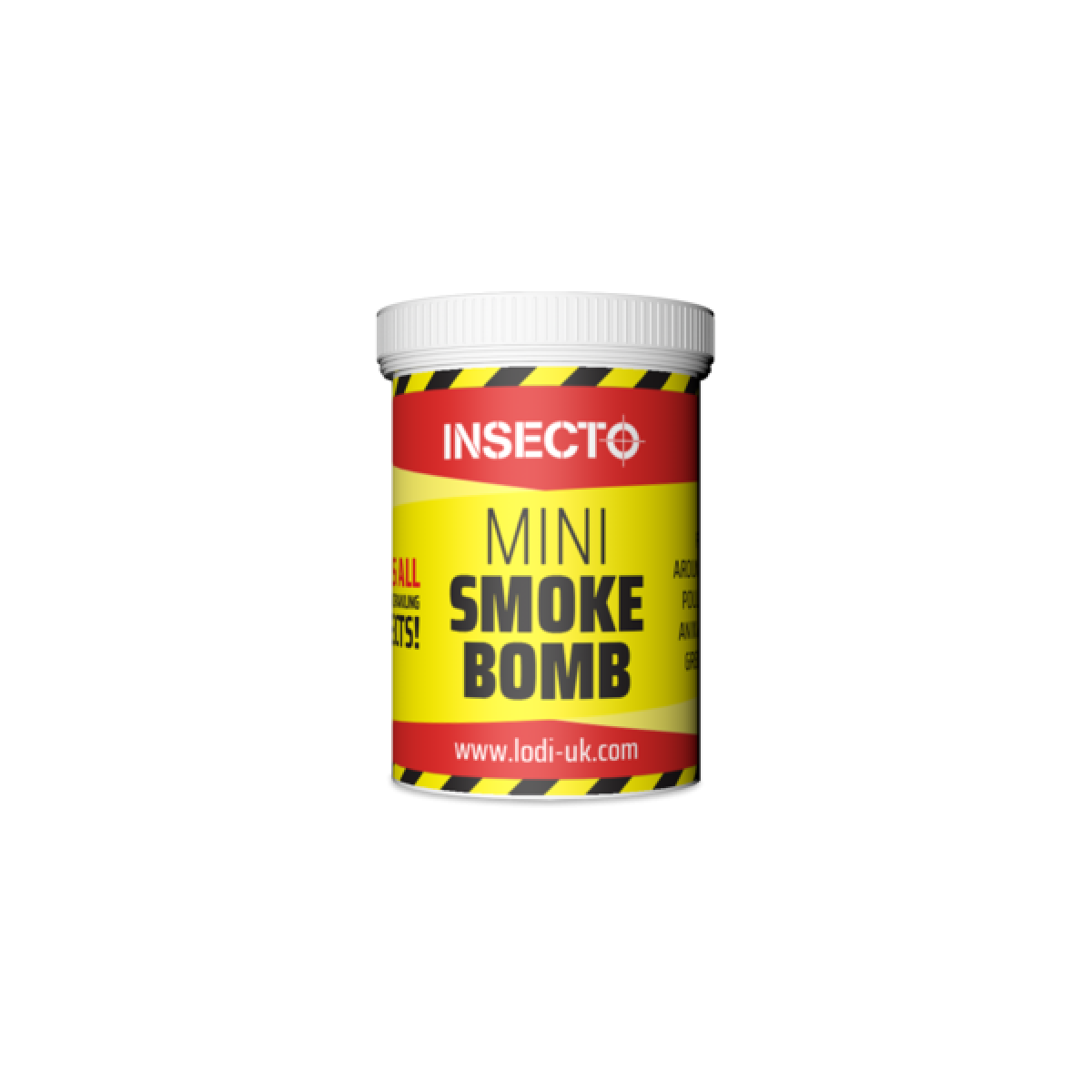
- Fly bag option
The FlyTrap XL is incredibly easy to use. Fill the bag with water, shake it up and hang it in an area afflicted with a fly problem. It can catch up to 40,000 flies and is non-toxic.
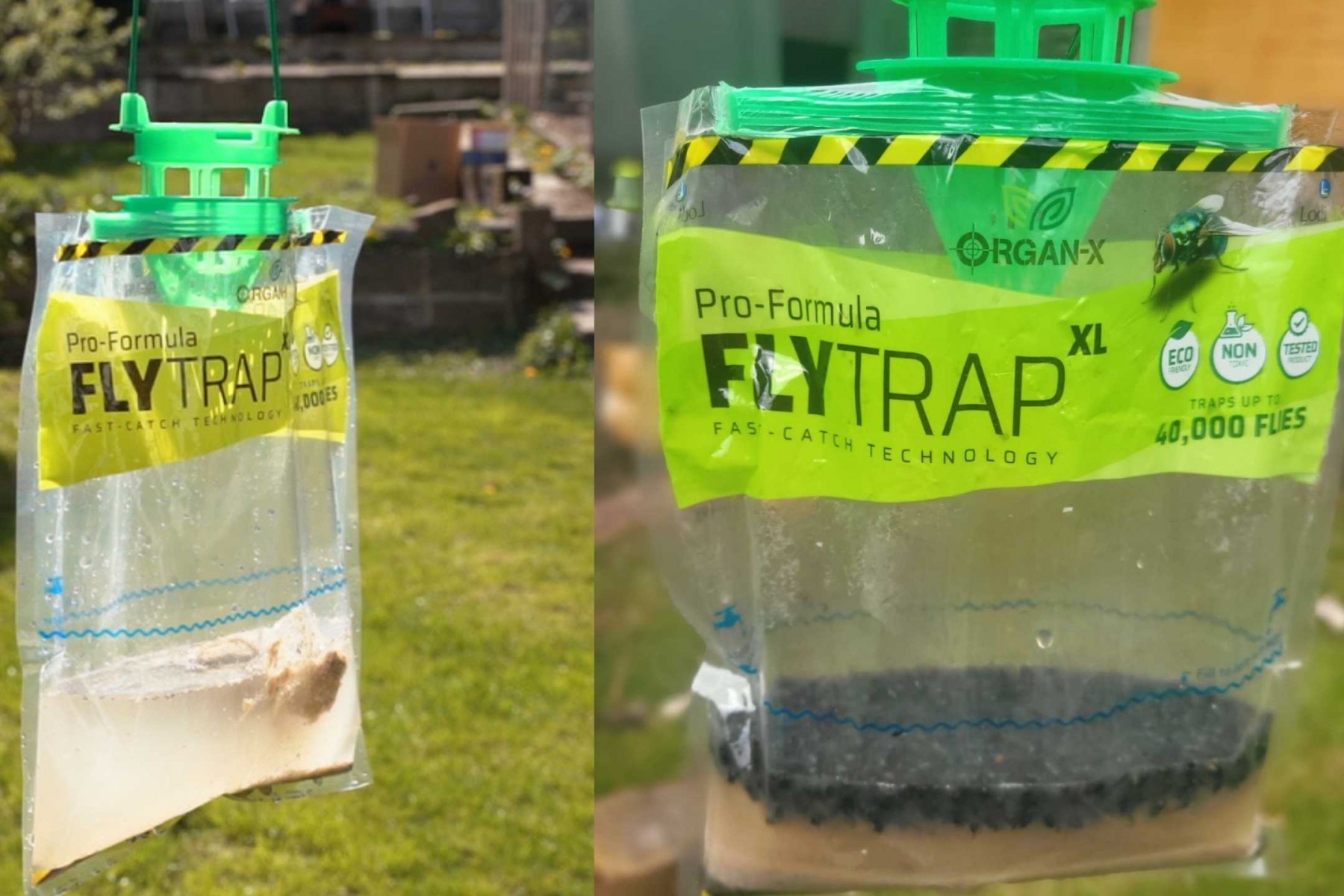
https://www.lodi-uk.com/consumer-pest-control/commercial-organ-x/organ-x-flies/organ-x-fly-trap-xl
How do you get rid of flies on a farm?
To read our full article on how to control flies on a farm, click here.
There are many products on offer from Lodi UK that are perfect for farmers and professional pest controllers.
To monitor fly activity
The Organ-X FlyTrap XL is suitable for amateur and professional use. Not only can it catch and kill up to 40,000 flies in one bag, but the FlyTrap is perfect for monitoring fly activity in certain areas (for example, around poultry housing, waste storage areas, or around livestock).
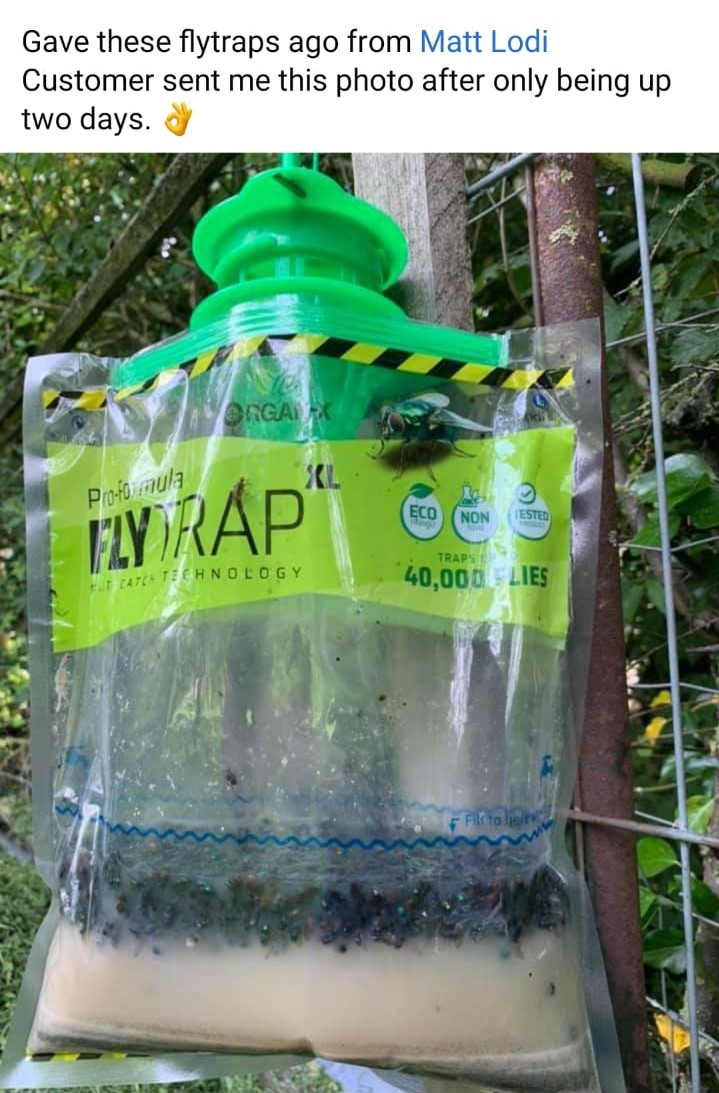
https://www.lodi-uk.com/consumer-pest-control/commercial-organ-x/organ-x-flies/organ-x-fly-trap-xl
For use in a fogger
The strongest oil-based insecticide in the UK is Perbio Choc. For professional use only, this product can be sprayed or fogged and provides a fast knockdown and long-term residual. Not only is it effective against flies, but also fleas, ants, cockroaches, wasps, mosquitoes, red mites and more.
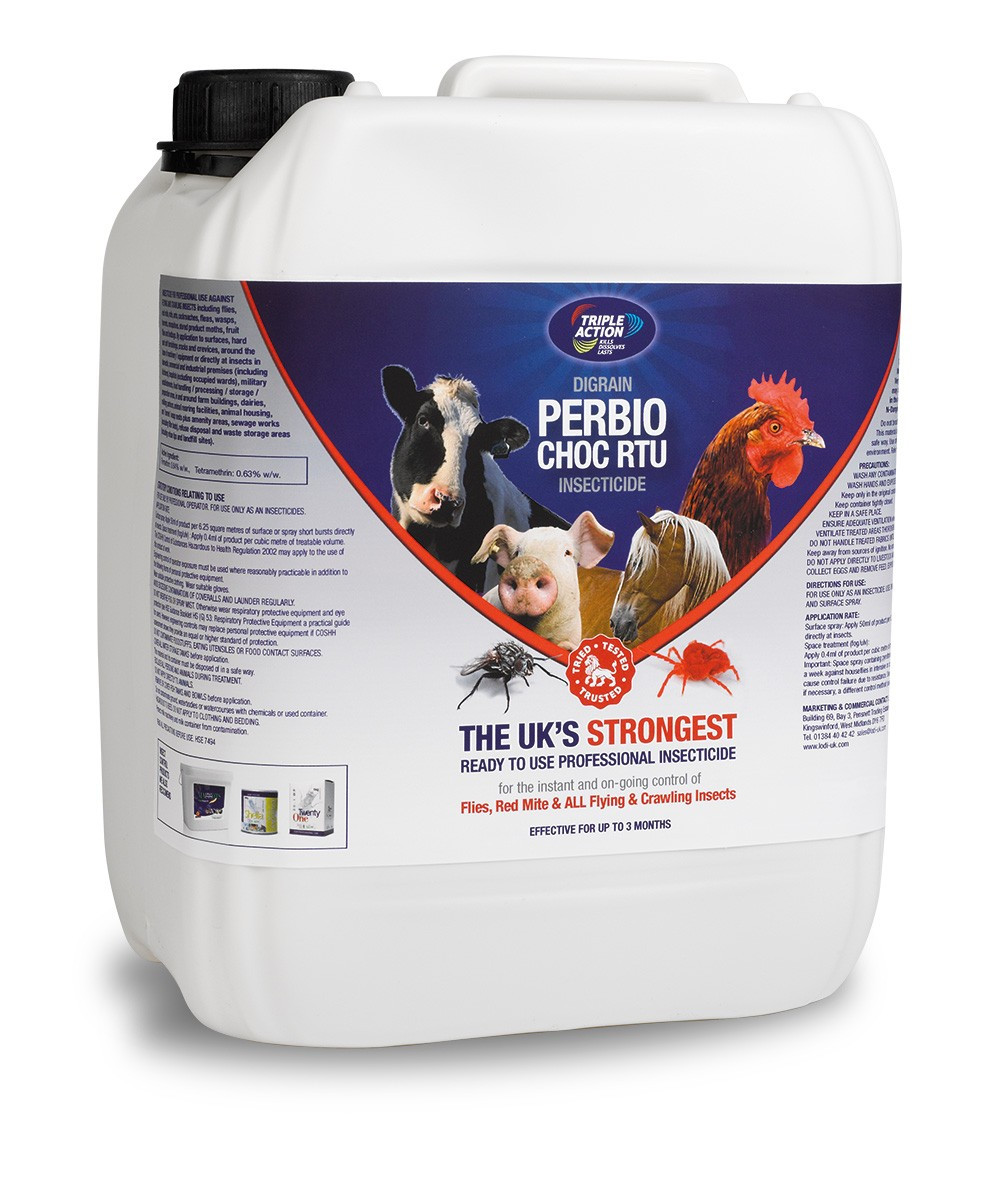
To use as a paint
Twenty One is for professional use against flies in poultry, pig and livestock farming. You can dilute it and spray it, or paint it onto boards that can be hung in desired areas. Twenty One contains fly pheromones and attractants that lure flies to the painted area and the flies are killed almost instantly. For 12 weeks, the Azamethiphos (the fastest chemical on the UK market) causes flies to be killed.
.jpg)
Granular bait option
Sheila Fly Bait is a granular insecticide containing Azamethiphos, causing flies to die almost immediately on contact. Flies are attracted by the 29 unique sex pheromones and colour of Sheila Fly Bait. It is the only bait that can kill by ingestion and contact!
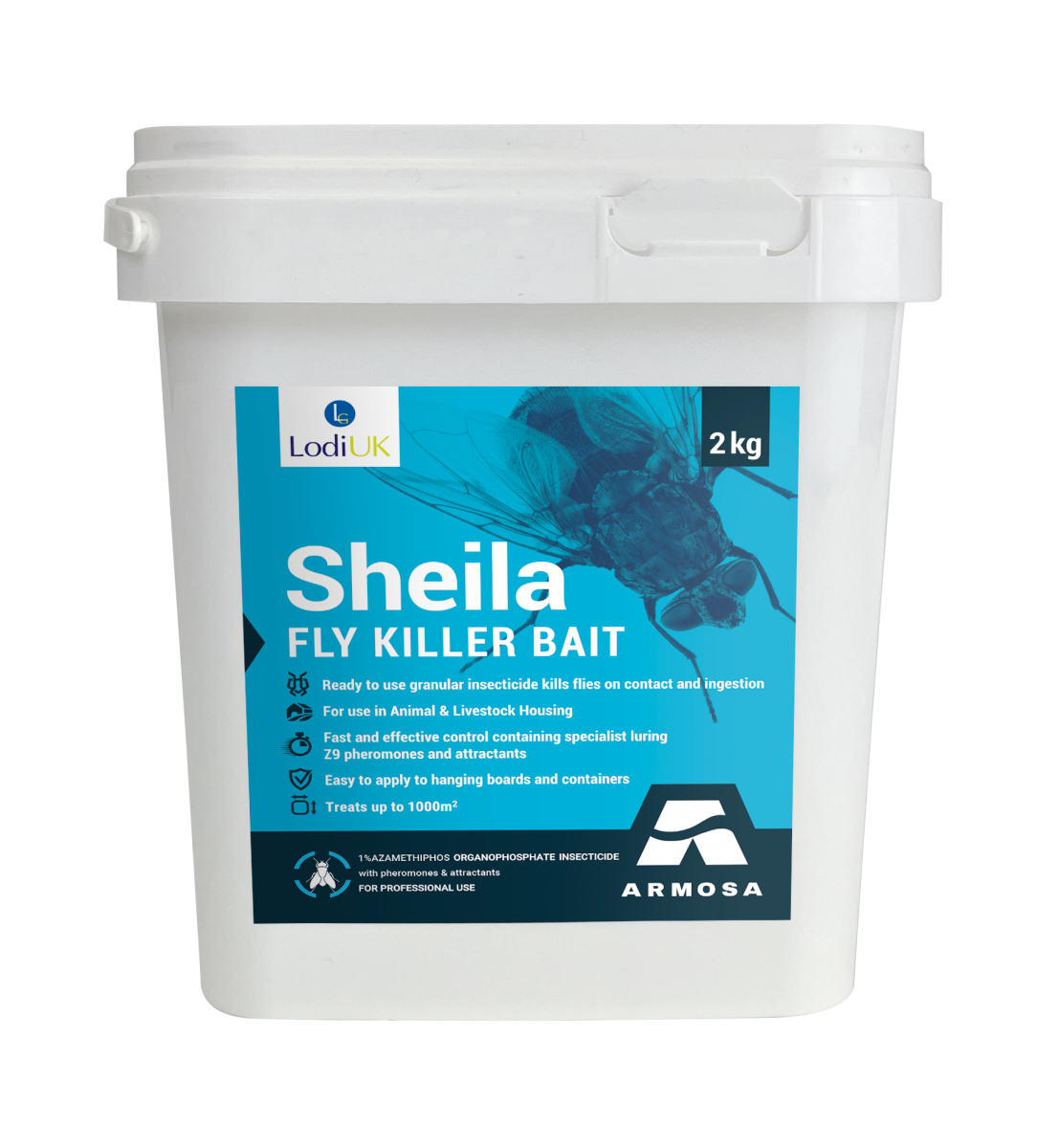
So, there you go! Your fly-related questions have been answered.
What's next? If you are a farmer looking for fly control products (or grain insect control, rodenticides, red mite control, Diatomaceous Earth... the list goes on!) contact sales@lodi-uk.com or call us on 01384 404 242.
Speak to you soon!



